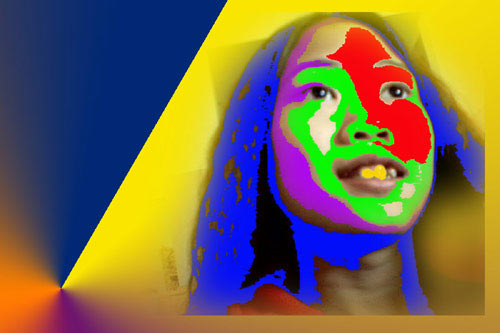Symbolic
1
2
3
4
5
6
7
8
The premise presented here is that there is two primary aspects to the mind, as the conscious and unconscious. The conscious mind is all parts of the mental facilities that are controlled, or are capable of being controlled, more or less, absent habituated thinking patterns, by the conscious willful intent of the thinking mind. The conscious mind is the personality, the ego, the character of the individual, as all intellect directed activity, behavior, conduct, thought and word manifested. The unconscious is all aspects of the mind that
are more or less automatic, like dreaming, the working of
the memory, thinking, registry of feeling, intuition and
even possibly clairvoyance or mental telepathy.
The conscious and unconscious minds are separate functions.
The conscious mind, preoccupied with everything that the unconscious registers automatically, would be overwhelmed, inoperable and would have to concentrate on hundreds of operations per second. It would seem that the unconscious
mind is aware of everything that the conscious mind is, but
the conscious mind is aware of little of what is unconscious. The conscious mind drives the car but has little knowledge and awareness of the various mechanical processes that are taking place. The driver could not travel without the car, and the car could not make the decisions necessary to drive itself. The conscious mind might gain vast capabilities if it were able to make full use of the powers of the unconscious. However there are reasons that the two should be separate, each with their own functions.
The unconscious possesses certain abilities concerning acute sensory perception, in terms of the sensory calibration of
such things as distances, size, speed, weight or the observation of precise detail. Acute sensory abilities on the conscious level might be unbearable, being overly sensitive to light, sound or just the feeling of clothing. Acute memory might inhibit the ability to imagine alternative associations and imagery thus affecting creativity and decision-making in general.
UNCONSCIOUS (1 OF 8)
NEXT PAGE




![]()